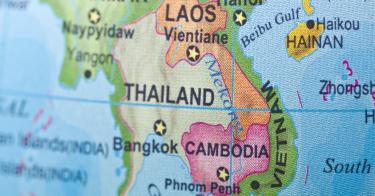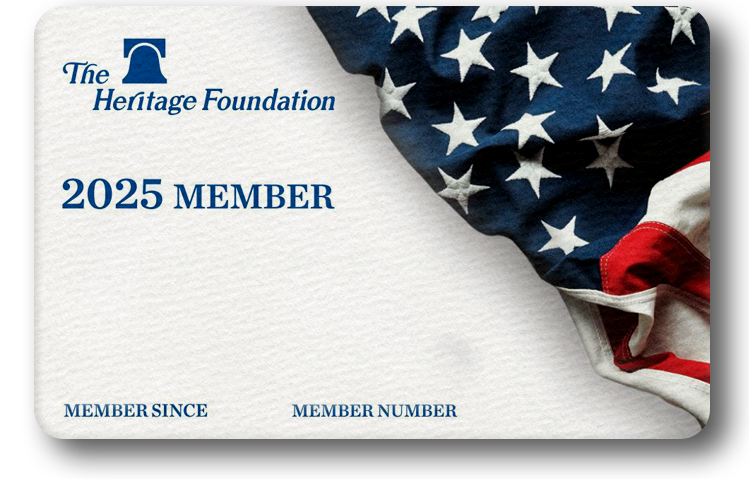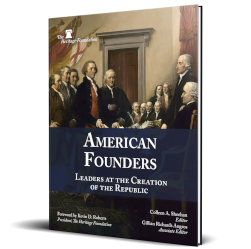Most Americans know Russia and Ukraine are at war. Still, few are aware of another instance of armed conflict that has rightly drawn President Trump’s intervention: one that erupted last month along the disputed border between Thailand and Cambodia.
There followed five days of intense fighting that included Cambodian rocket attacks against Thai territory and retaliatory Thai airstrikes against military targets in Cambodia. At least 38 people were killed, and hundreds of thousands were displaced. The two countries then agreed to a ceasefire, largely thanks to President Trump, who again demonstrated his commitment to peace after successfully negotiating several other deals throughout the year.
The Cambodian government, a close partner of China, is to blame both for instigating this most recent iteration of the conflict and for targeting Thai civilian areas.
The countries came to blows following landmine incidents in July that severely wounded three Thai soldiers. In response, both sides moved troops to the border and began to exchange artillery fire, with each accusing the other of having fired first.
>>> The Trump–Lee White House Summit: A Chance to Amplify the Time-Tested U.S.–Korea Alliance
During the conflict, Thailand outperformed the Cambodian military significantly, using its American-made F-16 fighter jets for precision strikes against rocket storage and command and control targets in Cambodia. Thailand also employed its Swedish-made JAS 39 Gripen fighter jets for the first time against Cambodian artillery positions that had been shelling Thailand’s border area. The Thai military also released a video of its forces employing armed drones against Cambodian military targets near the border.
Cambodia fired its Russian-made BM-21 rockets into Thai civilian areas, with the result being 14 Thai civilians killed, according to the Thai military. During the short conflict, Thailand suffered more civilian casualties than military casualties. In one especially egregious incident, Cambodian military rockets hit a Thai gas station and killed a number of civilians.
For several reasons, American sympathies should lie squarely with Thailand. For one, Cambodia maintains close security cooperation with states unfriendly to American interests, including China and North Korea. In 2017, Cambodia suspended joint military operations with the United States. Instead, it began developing its security relationship with China, including allowing China to develop a dual-use naval facility in Cambodia
This expanding Chinese footprint at Cambodia’s Ream Naval Base is particularly concerning for American policymakers looking at China’s posture in the Indo-Pacific. This base, which began hosting Chinese ships on a regular basis just a few years ago, grants Beijing direct access to the Gulf of Thailand, thereby enhancing China’s surveillance and data collection in the region near the Straits of Malacca. To make matters worse, Cambodia rejected American offers to assist with funding at the naval base as well and even demolished a U.S.-built facility on site.
Thailand, on the other hand, is a longstanding U.S. treaty ally under the 1954 Manila Pact, a key partner in U.S. Indo-Pacific security strategy, and a major non-NATO ally since 2003. Thailand primarily uses American and European military equipment. The most notable examples are the American F-16s and Swedish Gripens, which serve as the backbone of the Royal Thai Air Force. During the Cold War, conservative Thailand stood as a bulwark against the spread of communism in the region. Thai troops fought alongside American troops in both the Korean War and the Vietnam War.
>>> Confronting Transnational Repression: A New Framework for U.S. Leadership
This close security cooperation continues today. Every year, the Royal Thai Armed Forces work closely with the U.S. Indo-Pacific Command to host Cobra Gold—the largest joint and combined U.S.-led military exercise in the Indo-Pacific. The primary participants in this year’s Cobra Gold were the United States, Thailand, Indonesia, Singapore, Japan, Malaysia, and South Korea, with 3,200 U.S. troops taking part. U.S. soldiers and marines cross-trained with allied and partnered troops in amphibious assaults, air-land integrated maneuvers, jungle warfare, humanitarian assistance and disaster relief, and modern warfare tactics like cyber defense and counter-drone operations.
As the United States pivots to the Indo-Pacific, Americans should remind themselves that we already have treaty allies with whom we have been working closely since the end of the Second World War. When considering where to engage as part of our Indo-Pacific strategy and who we support in matters of national security, it makes sense to prioritize our formal allies, such as Thailand, Japan, the Philippines, Australia, and South Korea (and, of course, our good friends and partners in Taiwan).
Everyone should be grateful that the Thai-Cambodian conflict came to a quick end. Where possible, the United States should seek to engage with Cambodia and provide it with options for partnership that are alternatives to China.
Many ordinary Cambodians have expressed their gratitude to President Trump for helping end the conflict. In one poignant scene, Cambodian monks marched for peace, holding aloft pictures of the president in front of the U.S. Embassy as a token of thanks. This may represent an opportunity for greater engagement with Cambodia, as well as for Phnom Penh to scale back some of its most concerning military engagements with Beijing. However, at the end of the day, Thailand is a treaty ally of the United States and has stood shoulder to shoulder with the United States for decades. Americans should support Thailand’s right to defend itself.
This piece originally appeared in The National Interest.




